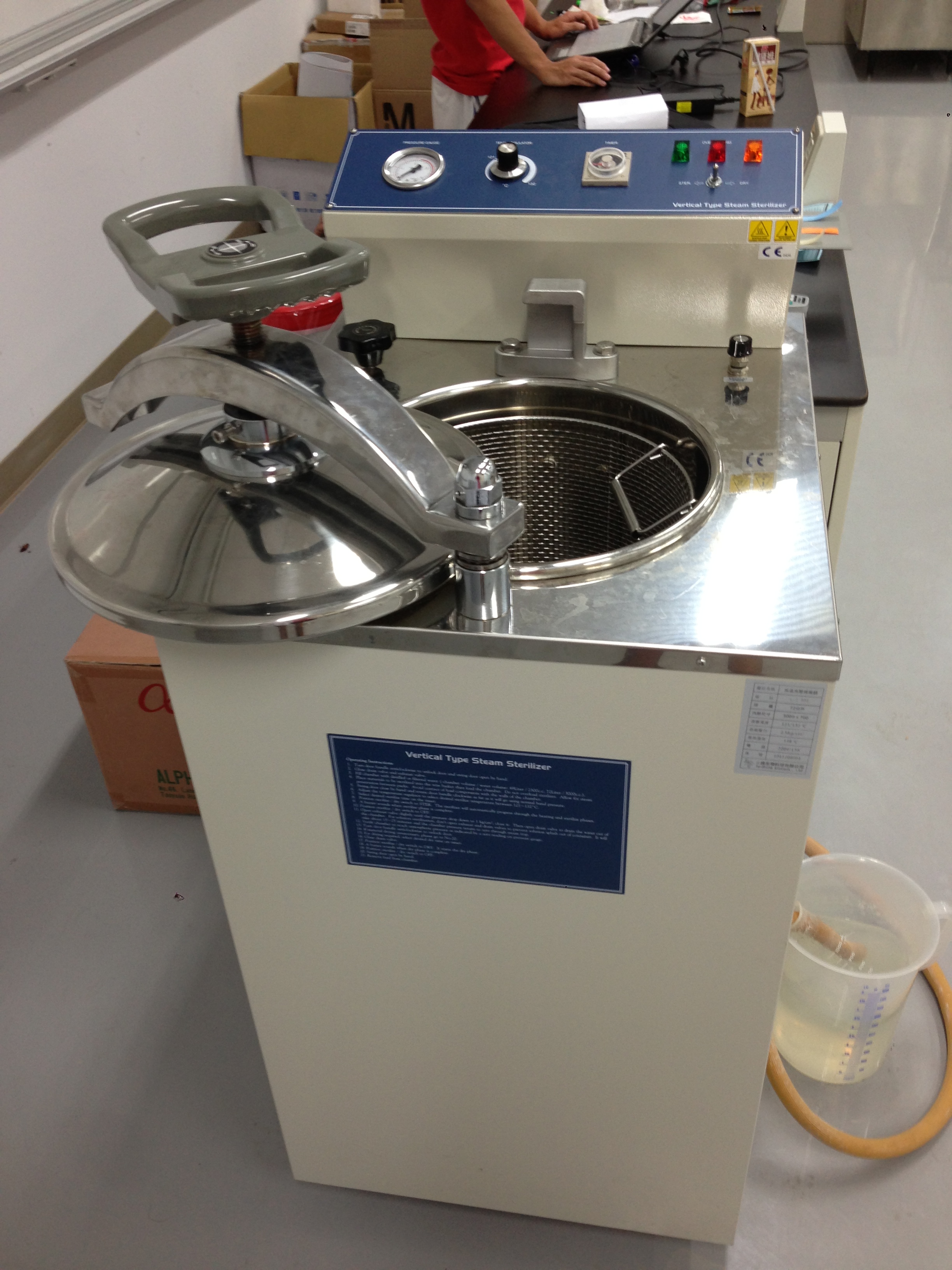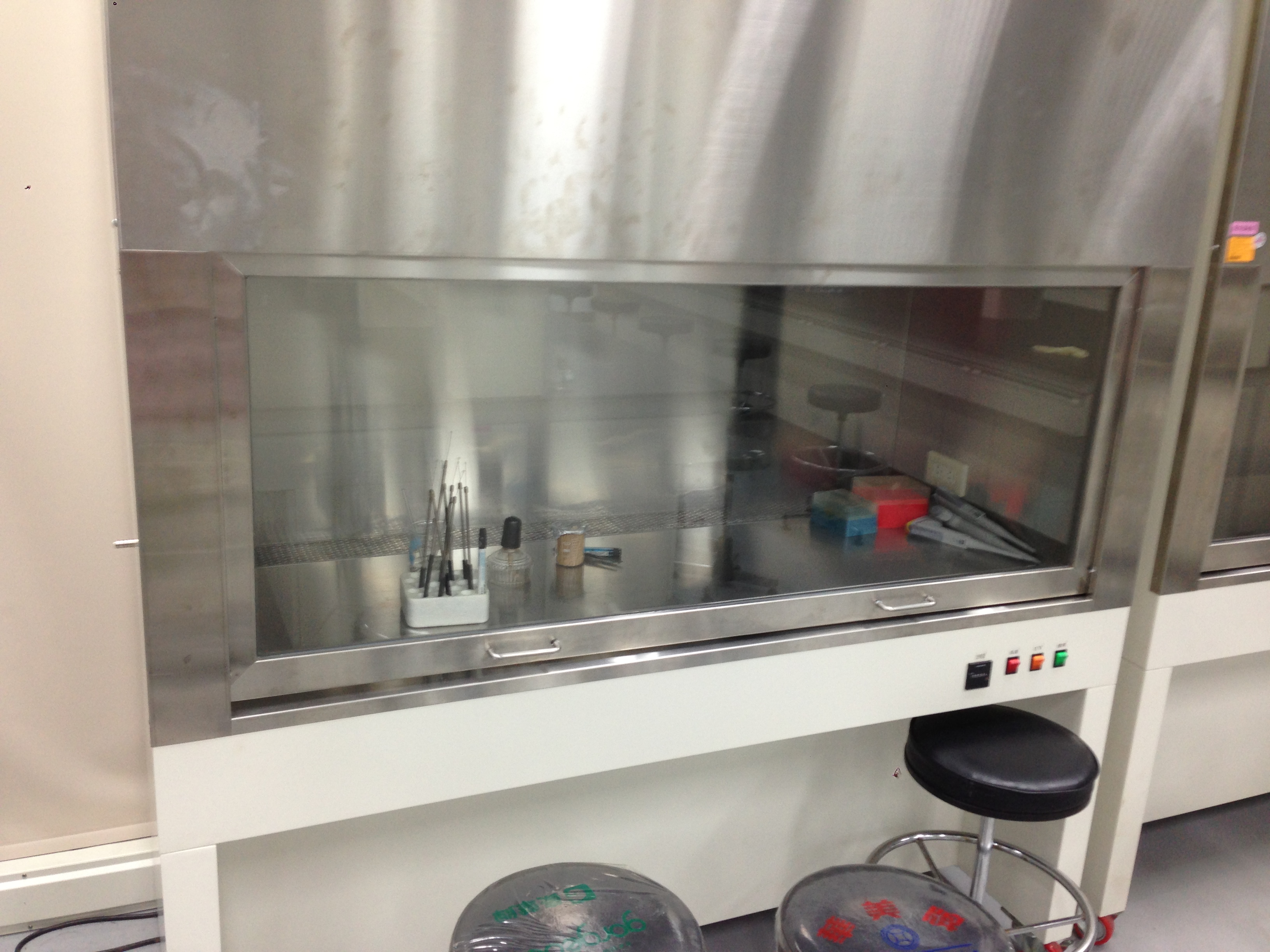Team:NCTU Formosa/safety
From 2013.igem.org
Mike821005 (Talk | contribs) (→SAFETY PROCEDURE IN OUR LABORATORY) |
Mike821005 (Talk | contribs) (→Institutional Biosafety Committee) |
||
| Line 59: | Line 59: | ||
</gallery> | </gallery> | ||
====Institutional Biosafety Committee==== | ====Institutional Biosafety Committee==== | ||
| - | [[File:NCTU Formosa Wiki NCTU ESC.jpg| | + | [[File:NCTU Formosa Wiki NCTU ESC.jpg|500px]] |
[http://esc.nctu.edu.tw/web_e/index.php] | [http://esc.nctu.edu.tw/web_e/index.php] | ||
National Chiao Tung University - Environmental Protection and Safety Center | National Chiao Tung University - Environmental Protection and Safety Center | ||
Revision as of 16:17, 19 September 2013
Inside a newly built, well-equipped laboratory, we conducted our experiment. Besides safety equipment, each member is well informed of the safety rules and emergency handling.
Contents |
SAFETY OF OUR PROJECT
Our project is to create a regulation system of gene expression in bacteria, only create new biobrick without producing any biosynthesis product. So it won't have new risks if we used our part in commerce or industry. We had discussed with National Chiao Tung University Environmental Protection and Safety Center.The committee agree us executing our project without any comment.
ORGANISMS WE USED
| Species | Strain Number | Risk group | Disease risk to human |
|---|---|---|---|
| E.coli | DH5α | 1 | May cause irritation to skin, eyes, and respiratory tract, may affect kidneys. |
NEW OR MODIFIED CODING REGION WE USED
| Part number | Where to get this part | Originally come from | Risk group | Function |
|---|---|---|---|---|
| BBa_K1017301 | addgene | Synechocystis | 1 | chimeric light receptor function of the photoreceptor Cph1 |
| BBa_K1017301 | genedireX | E. coli | 1 | egulating gene expression |
| BBa_K1017302 | genedireX | E. coli | 1 | egulating gene expression |
SAFETY PROCEDURE IN OUR LABORATORY
This year, we use E.coli DH5α, a bacteria that classified under Risk Group 1, as our classis. It's a non-hazardous and non-infective bacteria that generally used in labs and biological experiments. The safety problem of products in the project is also concerned. In our design, E.coli is engineered to produce various fluorescence proteins and some plant hormones, which are harmless to human and environment. Even so, we follow the standard safety procedure to guarantee a safe experiment environment without dangers. To sum up, we have confidence that our project will not raise any biosafety issue.
Researcher's Safety
In order to protect our researchers from infecting engineered organisms and contaminating the samples, we strictly require all the researchers to follow the rules:
- Every participant have read Safety Guidelines for Biosafety Level 1 to Level 3 Laboratory , established by National Chiao Tung University - Environmental Protection and Safety Center.
- Researchers are fully trained before doing experiments individually. Teaching assistants will guide and supervise the experiments at the first few times.
- Researchers doing experiment must wear on lab coat and gloves.
Figure.5 Researcher's wearing(待補) - No experiments is allowed to be done outside the biosafety cabinet.
- 建議再多補充一點 eg. 緊急沖洗裝備; 所有的實驗人員皆經過supervisors核准; 皆詳讀過safety protocol; supervisors為protocol負責; 發生危險時具有標準通報系統
Pubilc Safety
The organism we used is E.coli DH5α, which is classified under Risk group 1. It's a non-hazardous and non-infective bacteria. To ensure that the engineered organisms will not leak out to the environment, all wastes which contacted these bacteria should be sterilized before disposal.
Instruments and equipment in Our Laboratory
這邊可以先敘述實驗室中大小設備,最後可以再提比較重要的一些設備。
Institutional Biosafety Committee
 [http://esc.nctu.edu.tw/web_e/index.php]
National Chiao Tung University - Environmental Protection and Safety Center
[http://esc.nctu.edu.tw/web_e/index.php]
National Chiao Tung University - Environmental Protection and Safety Center
 "
"


